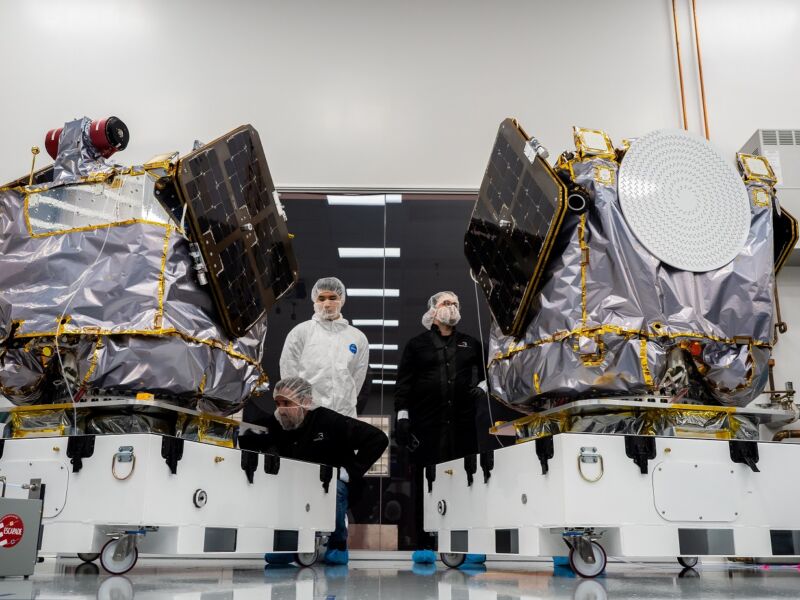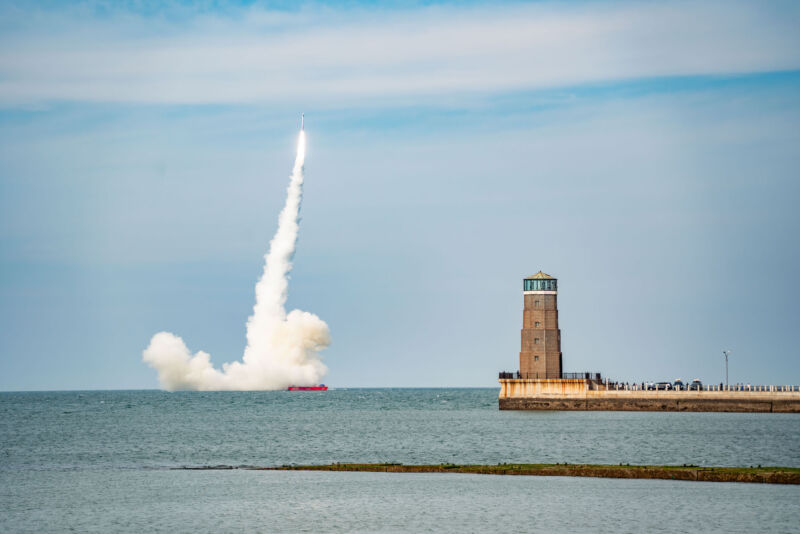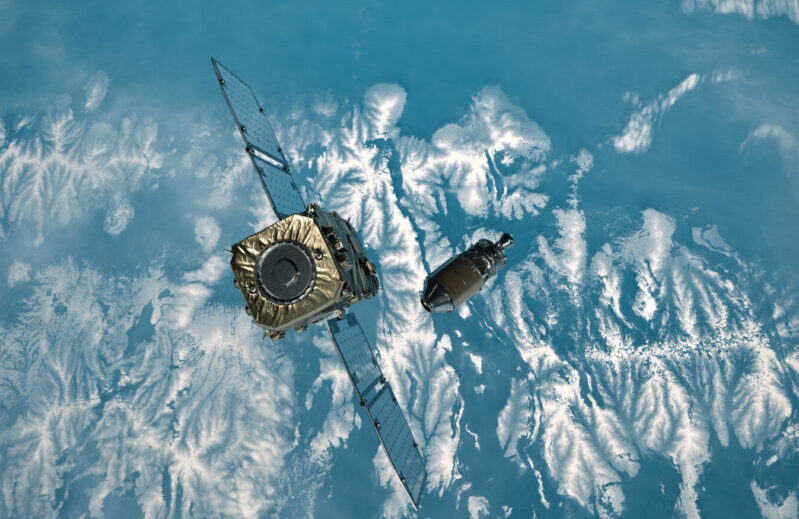Rocket Lab entered “hero mode” to finish Mars probes—now it’s up to Blue Origin

Enlarge / The two spacecraft for NASA's ESCAPADE mission at Rocket Lab's factory in Long Beach, California. (credit: Rocket Lab)
Two NASA spacecraft built by Rocket Lab are on the road from California to Florida this weekend to begin preparations for launch on Blue Origin's first New Glenn rocket.
These two science probes must launch between late September and mid-October to take advantage of a planetary alignment between Earth and Mars that only happens once every 26 months. NASA tapped Blue Origin, Jeff Bezos' space company, to launch the Escape and Plasma Acceleration and Dynamics Explorers (ESCAPADE) mission with a $20 million contract.
Last November, the space agency confirmed the $79 million ESCAPADE mission will launch on the inaugural flight of Blue Origin's New Glenn rocket. With this piece of information, the opaque schedule for Blue Origin's long-delayed first New Glenn mission suddenly became more clear.



